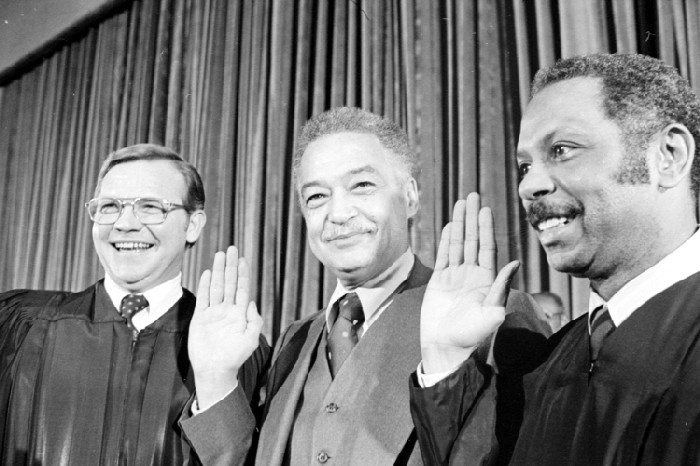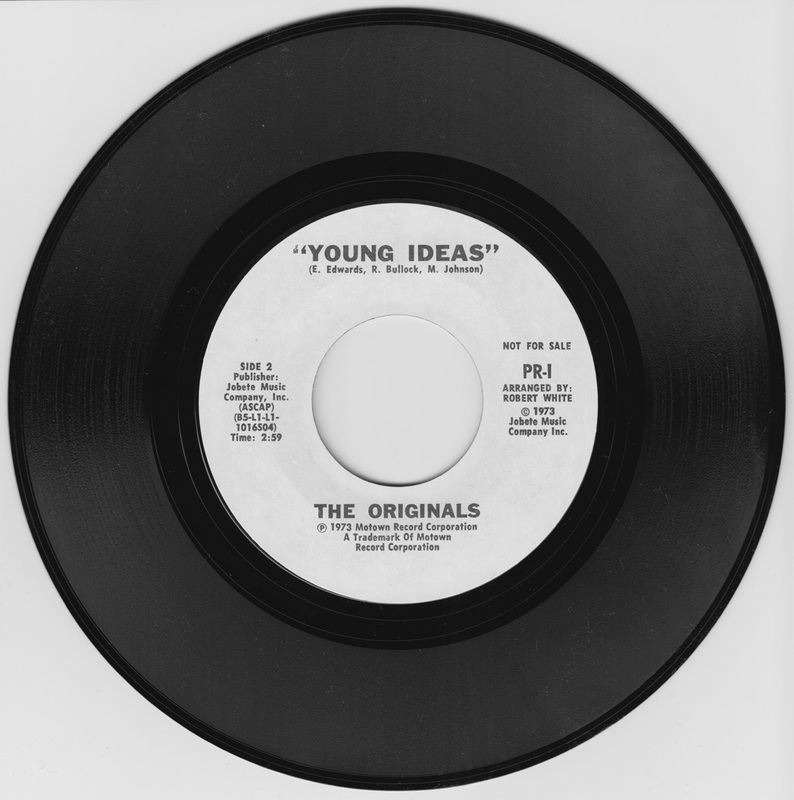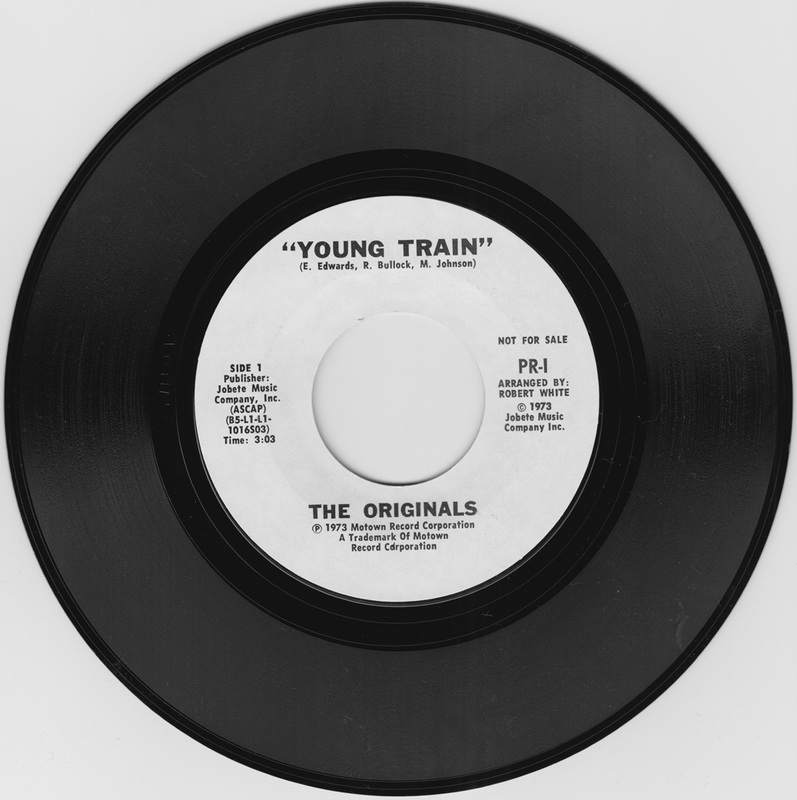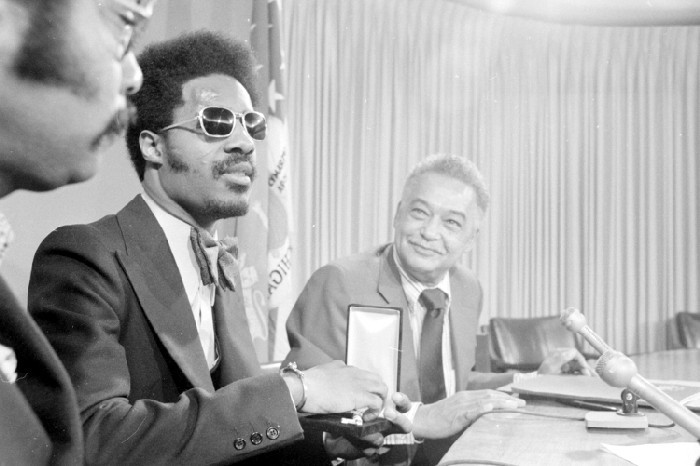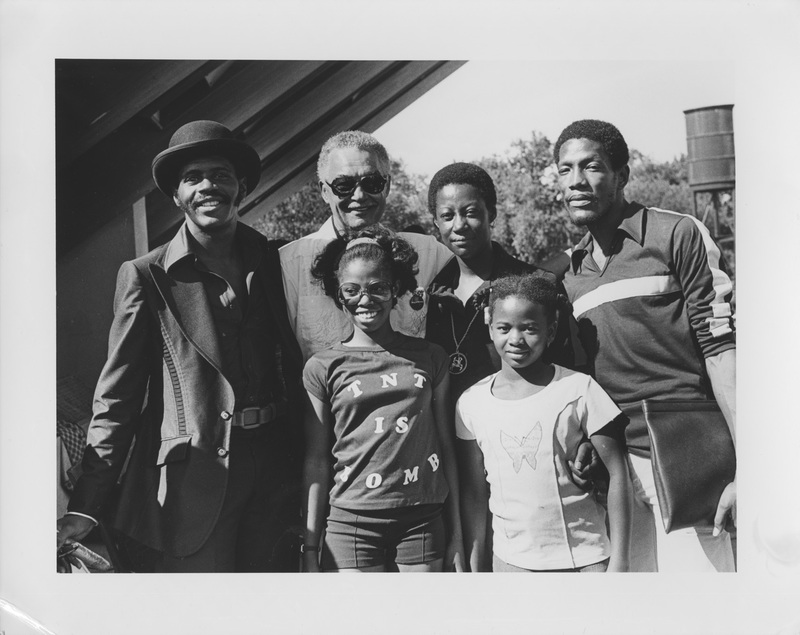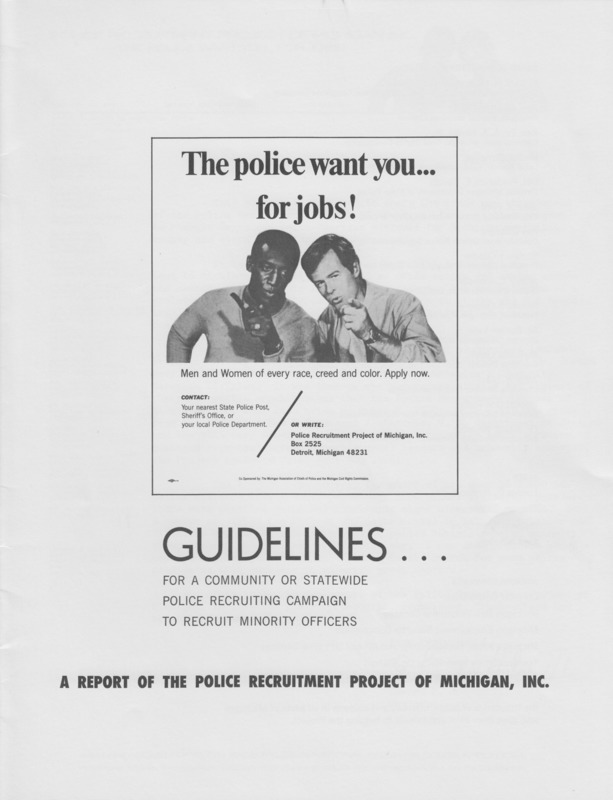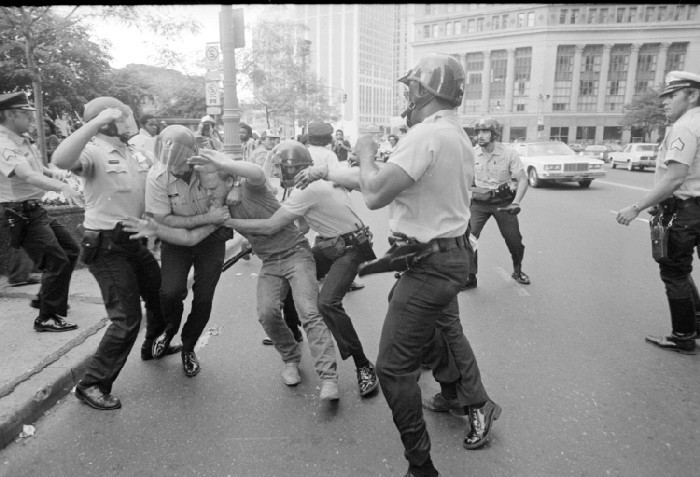COLEMAN YOUNG'S INAUGURATION
The inauguration of Mayor Coleman Young in 1974 marked a milestone for many of Detroit’s residents. For a city grappling with deep racial issues, electing its first Black mayor was seen as a sign of more representative city government. Young came into office hoping to bring investment, end the S.T.R.E.S.S. police program, better integrate city services, and turn around economic decline. Unfortunately, slowed manufacturing growth, continued population loss, and poor personnel moves by Mayor Young hindered Detroit’s rebound.
If you wanted to look for primary sources about Detroit’s continued response to the 1967 Unrest in the years after Mayor Young’s inauguration, where might you look? What individuals, organizations, and events would have produced the records that hold the keys to Detroit’s story in the 1970s?
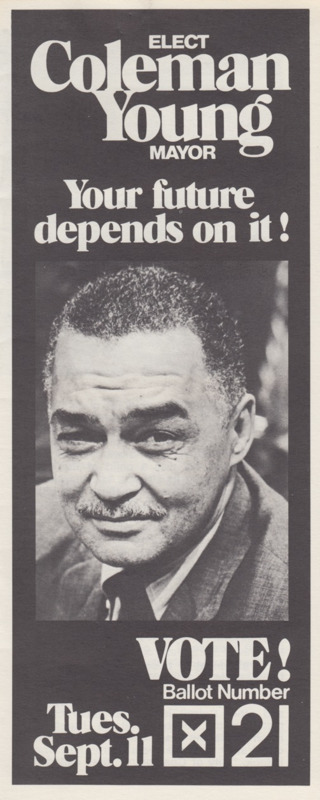
“Elect Coleman Young Mayor” campaign poster. 1973. Source: Coleman A. Young Papers, Part II, Box 107, folder 2.
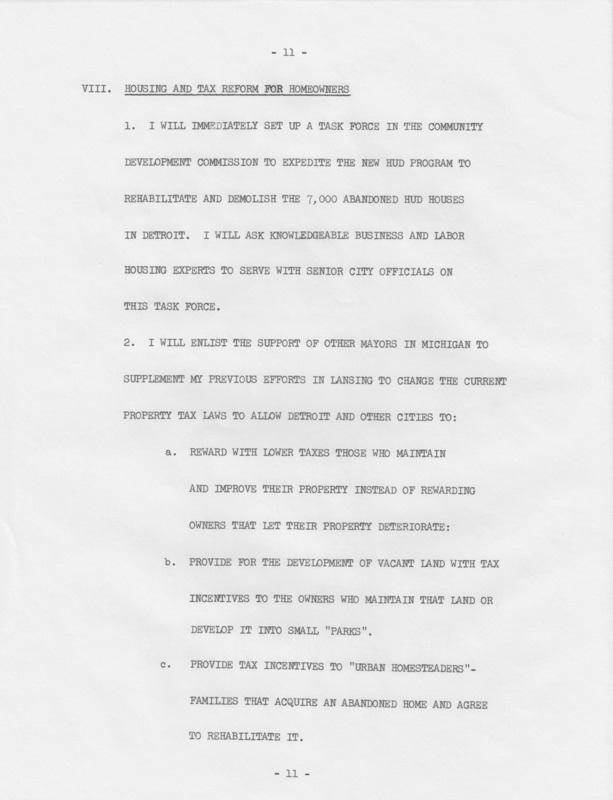
Coleman Young’s campaign positions on housing and homeownership, Economic Club speech notes. October 29, 1973. Source: Coleman A. Young Papers. Box 2, folder 4.
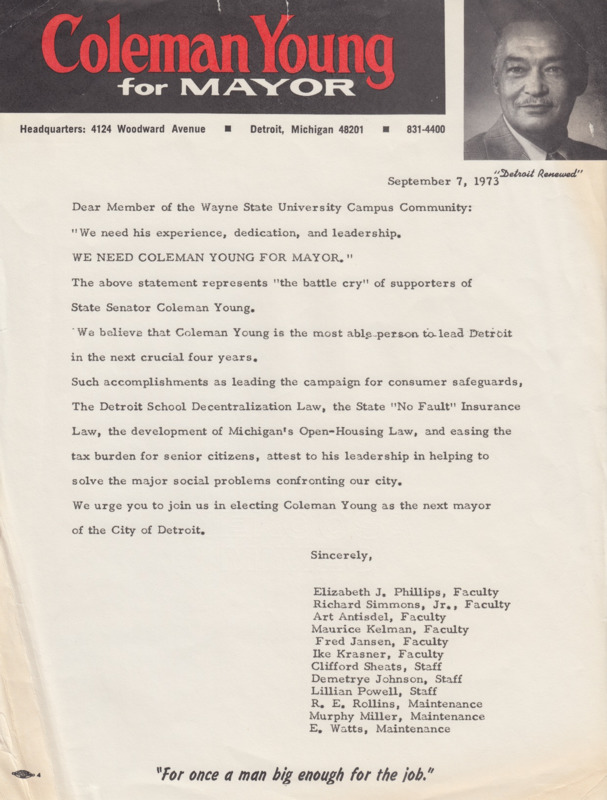
Letter delivered to members of the Wayne State University community advocating Coleman Young for mayor, sent by faculty and staff at the school. September 7, 1973. Source: Coleman A. Young Papers. Box 107, folder 2.
What similarities or differences do you see between Young’s campaign pledges and those of current Detroit political candidates? How does the political climate he describes compare to the one we have today?
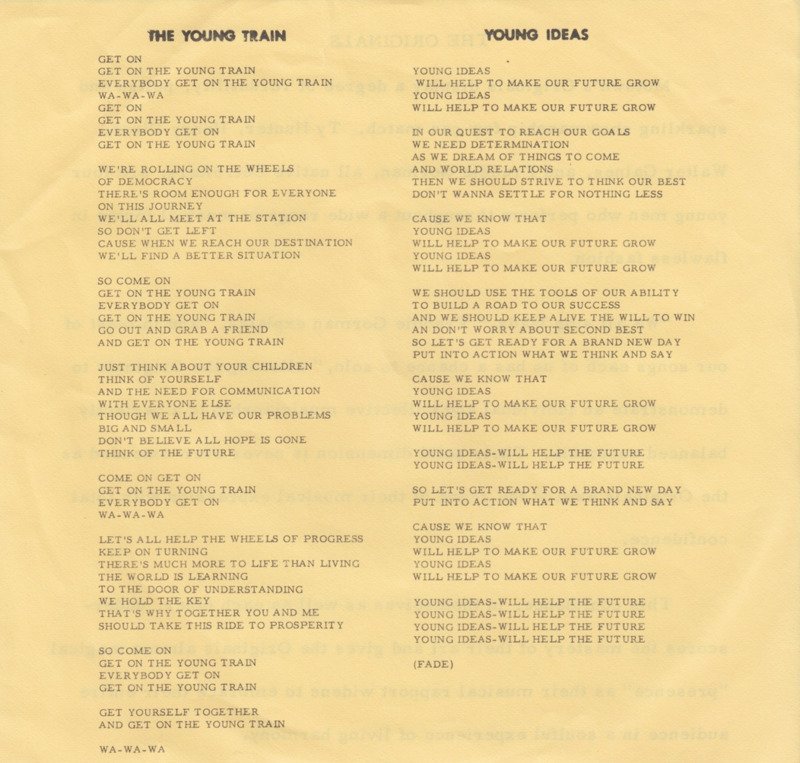
“Young Ideas” and “Young Train” music record and lyric sheet. Songs in support of Coleman Young’s mayoral campaign performed by the Originals. Issued as a promotional single by Motown Records. 1973. Source: Coleman A. Young Papers, Part II, Audiovisual materials, Box 1, folder 2.
S.T.R.E.S.S.
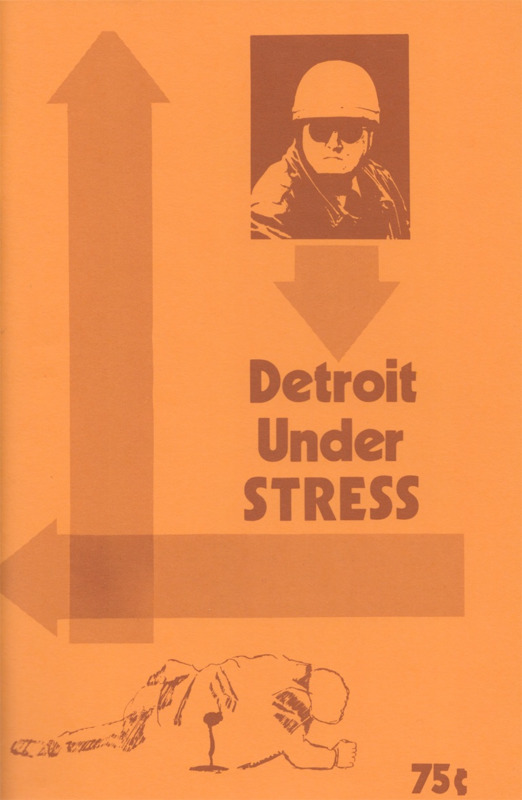
Anti-S.T.R.E.S.S. pamphlet. Undated. Source: Kenneth V. and Sheila M. Cockrel Papers. Box 4, folder 35.
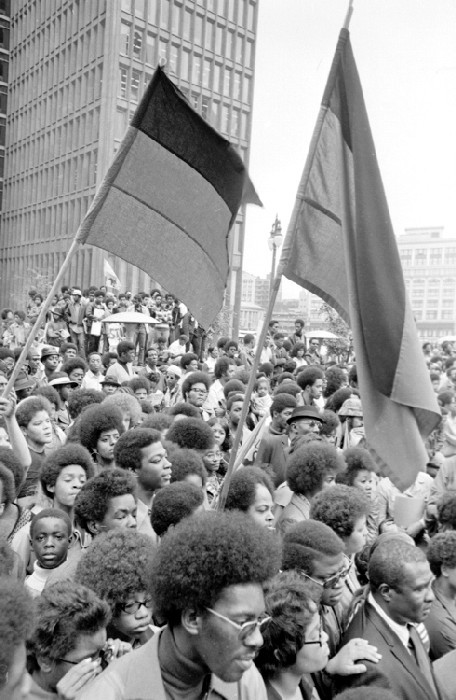
Demonstration in Detroit protesting the S.T.R.E.S.S. (Stop the Robberies and Enjoy Safe Streets) program. A police unit established in 1971 to address street crime, S.T.R.E.S.S. was highly controversial. Citizens accused S.T.R.E.S.S. of promoting racial targeting and excessive force. Mayor Coleman Young eliminated the program in 1974. September 23, 1971. Source: Detroit News Photograph Collection.
Unrest Continued
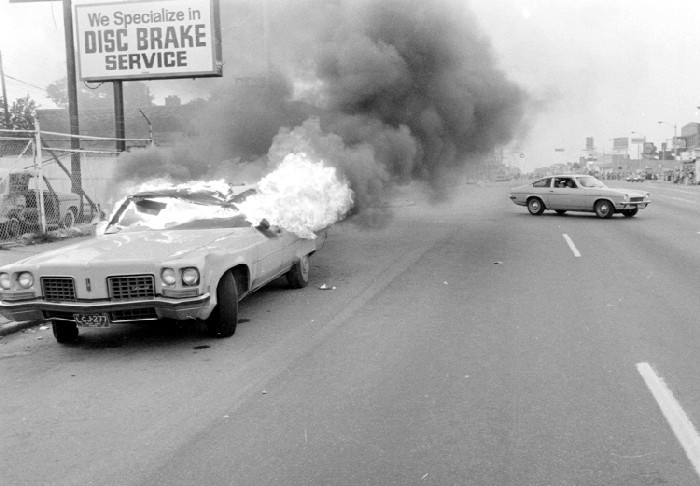
Fire in the Livernois-Fenkell area. July 29, 1975. Unrest continued well after 1967. Source: Detroit News Photograph Collection.

The defendants in the Algiers Motel Incident trial. Three police officers and a private security guard (second from left), after their acquittal by an all-white jury on federal conspiracy charges. February 25, 1970. Source: Detroit News Photograph Collection.
Despite the deaths of three young Black males killed during the Incident, which took place during the Unrest, only one of the officers was tried for murder, though he was acquitted.
